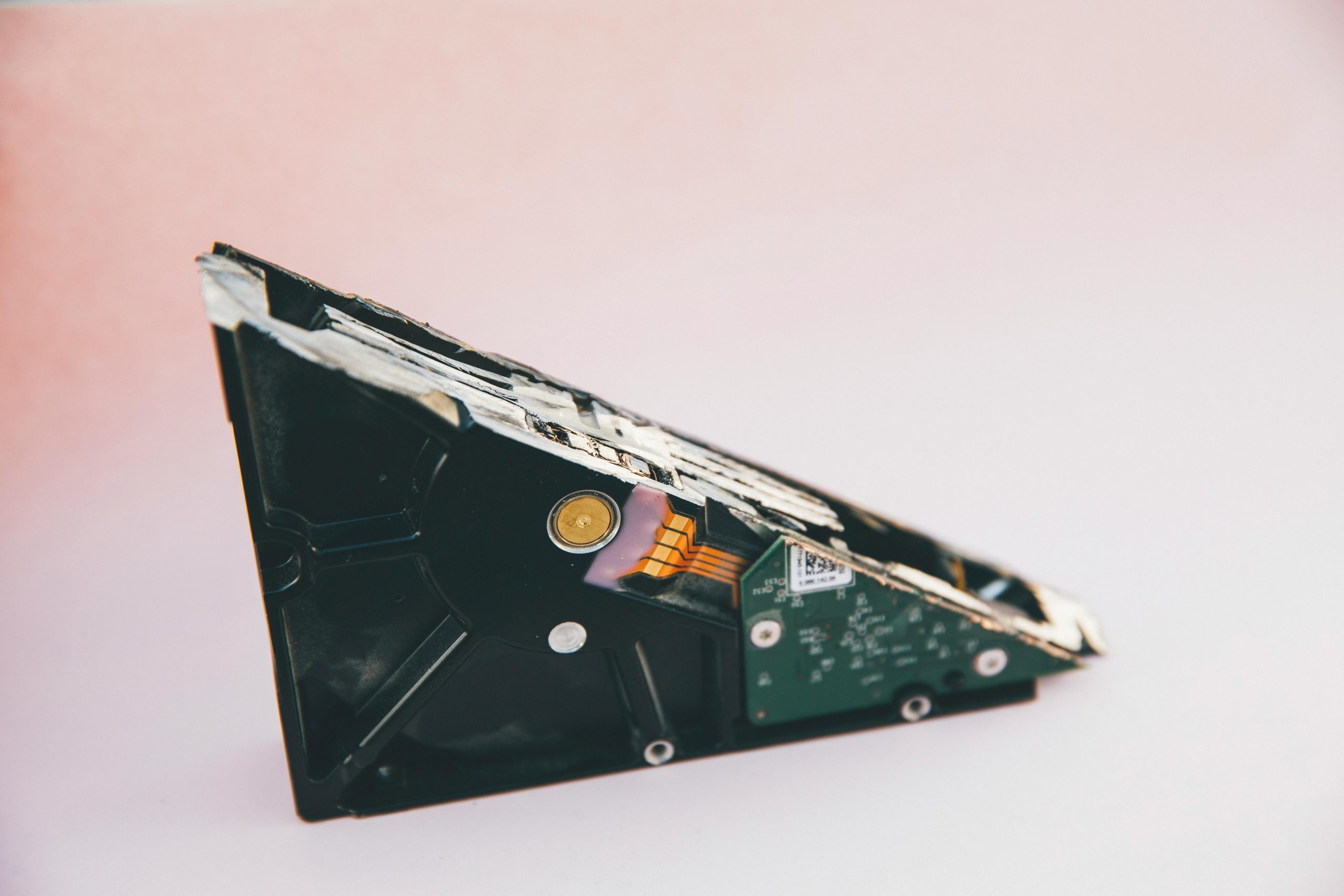Troubleshooting Sudden Blackouts on Your PC Monitors
If you’ve ever found yourself in the frustrating situation where your monitors unexpectedly go black while you’re working or gaming, you’re not alone. Many users experience this baffling issue, which often results in the need to force a restart by holding down the power button. Let’s delve into the possible reasons behind this phenomenon and explore some solutions that may help you resolve it.
Understanding the Issue
Imagine you’re fully immersed in a project or an intense gaming session when, without warning, your monitors turn black. After several moments of inactivity, they remain unresponsive, compelling you to restart your computer forcefully. This experience can be not only disruptive but also concerning, especially for a relatively new system.
Potential Causes
-
Graphics Card Problems: Issues with your graphics card can lead to display malfunctions. Overheating, driver conflicts, or hardware defects might be to blame, especially if the problem has emerged recently.
-
Power Supply Fluctuations: An inadequate or failing power supply can result in power interruptions to your hardware. If your power supply struggles to maintain consistent energy levels, it may cause your monitors to lose signal suddenly.
-
Display Settings and Cables: Sometimes, incorrect display settings or faulty cables can lead to connectivity problems. Ensure that your cables are secure and in good condition, and check your display settings to confirm they’re correctly configured.
-
Software Conflicts: Occasionally, certain applications or background processes can conflict with your operating system or graphics drivers, causing your monitors to become unresponsive.
-
Hardware Failure: In some cases, underlying hardware issues, such as failing components on your motherboard or video card, can lead to system instability.
Troubleshooting Steps
To address the problem, consider the following steps:
-
Check Connections: Start by inspecting the cables linking your monitors to your PC. Ensure they are securely connected and free from any visible damage.
-
Update Drivers: Make it a habit to check for and install updates for your graphics card drivers, as well as your operating system. Keeping these current can resolve many compatibility issues.
-
Monitor Temperatures: Use software to monitor the temperatures of your GPU and CPU. If overheating is detected, clean your system and enhance airflow to keep components cool.
-
Test Power Supply: Evaluate your power supply’s performance. If possible, try using another unit to see if the problem persists
Share this content:



